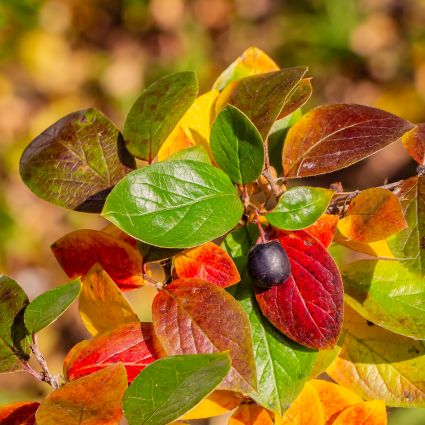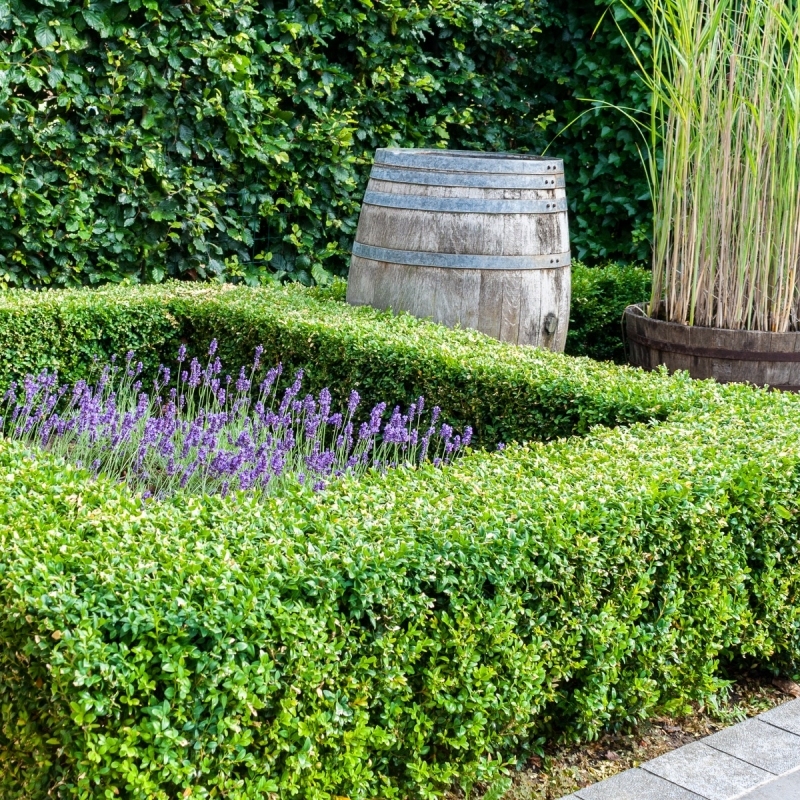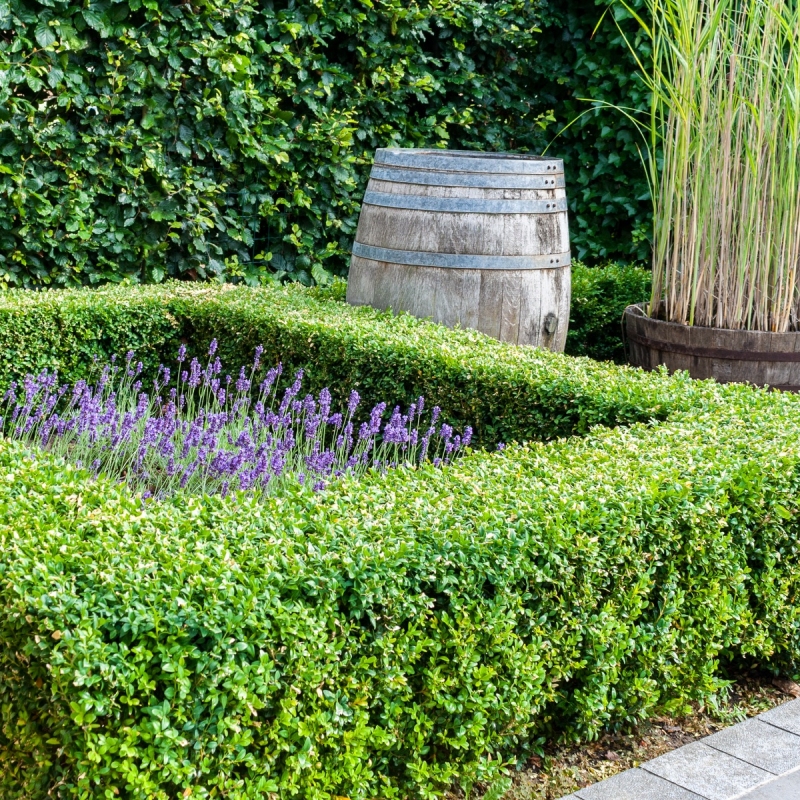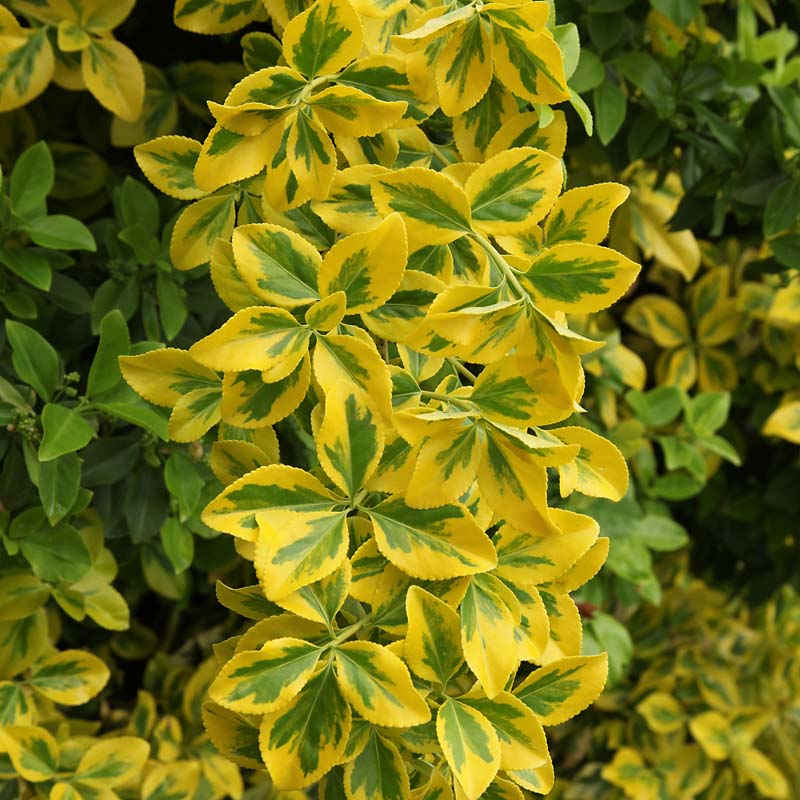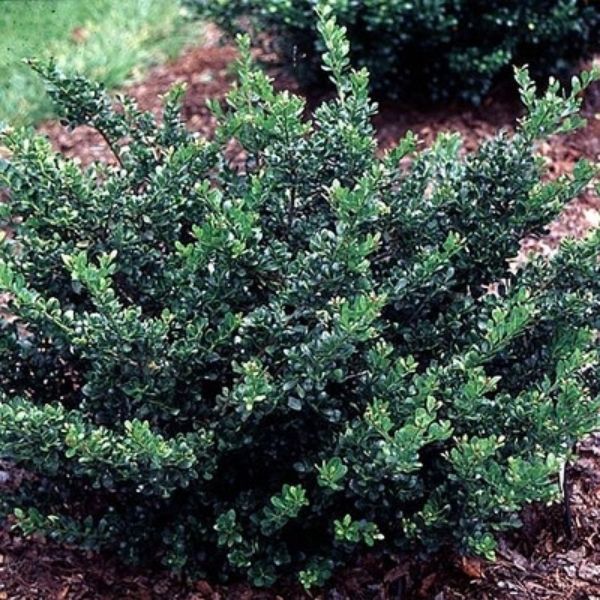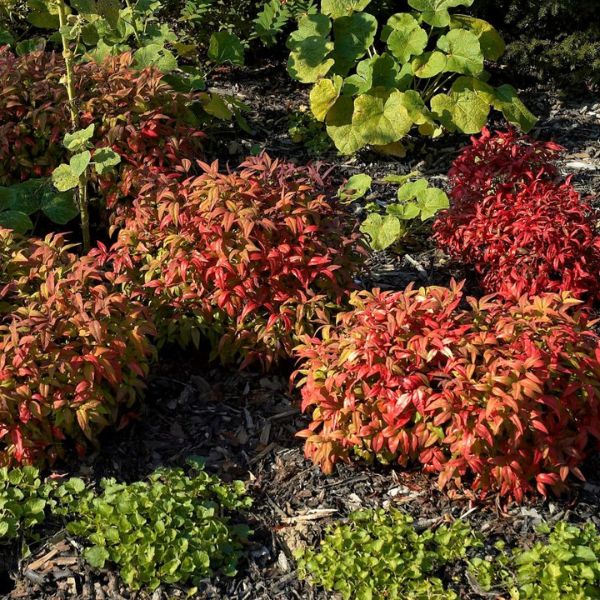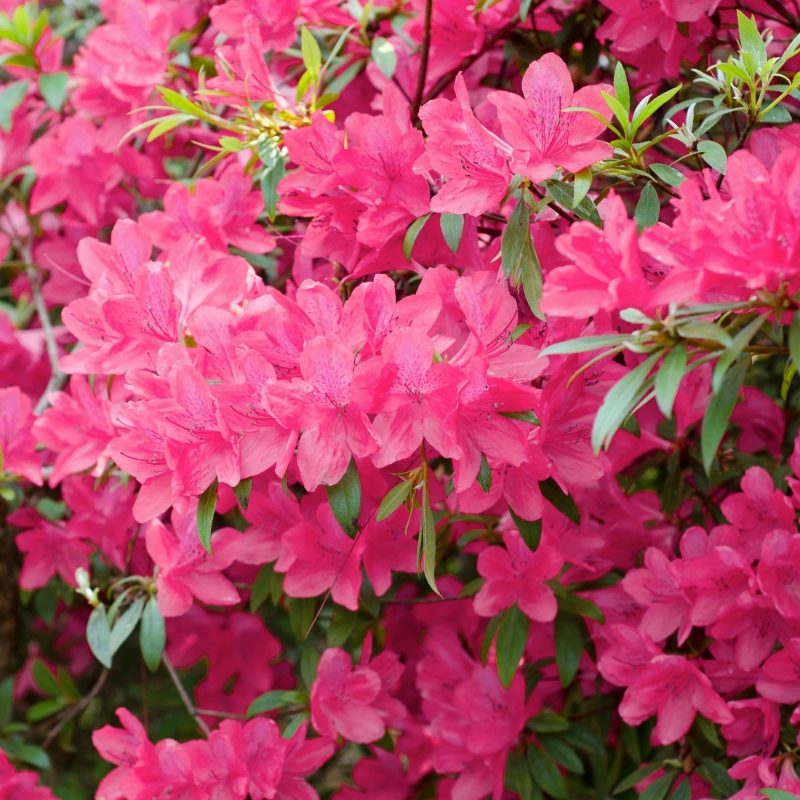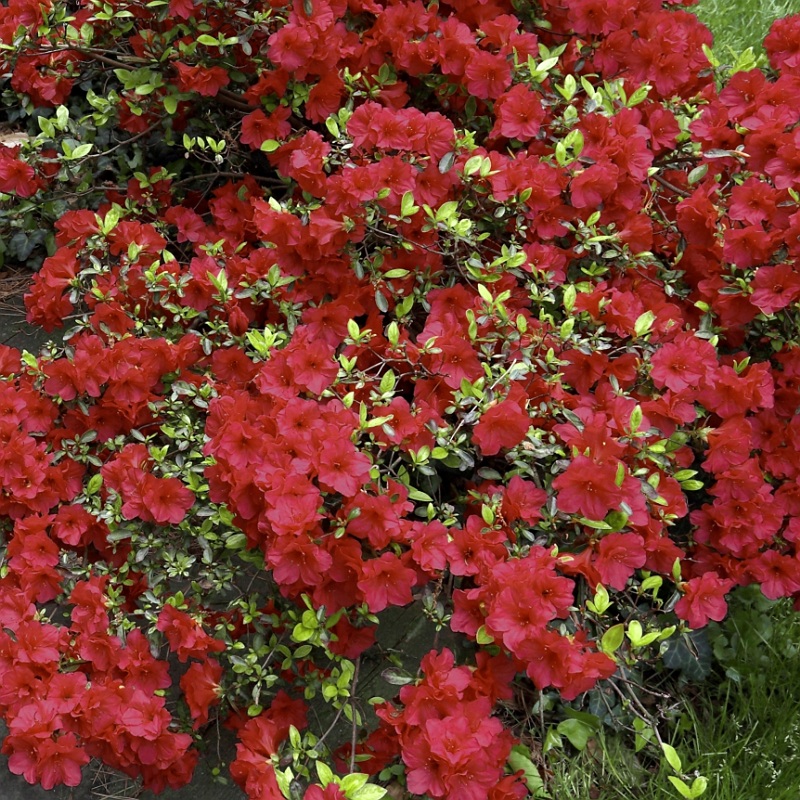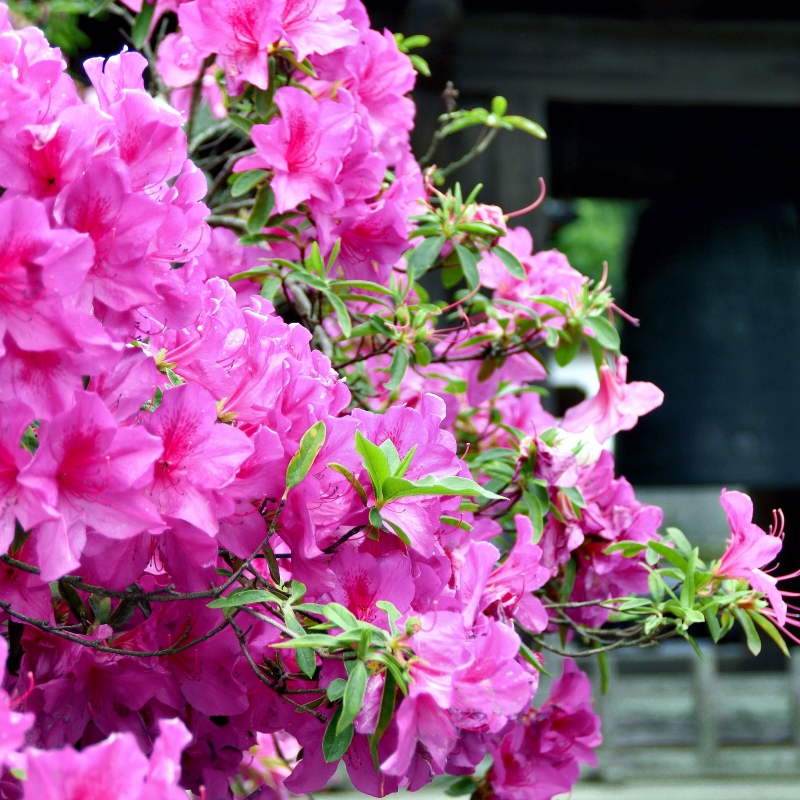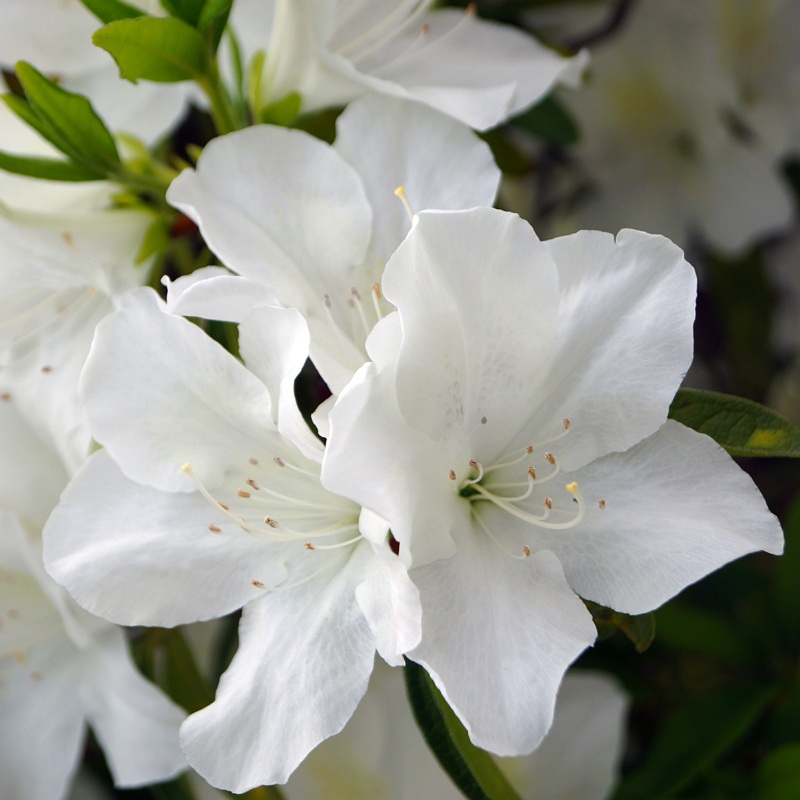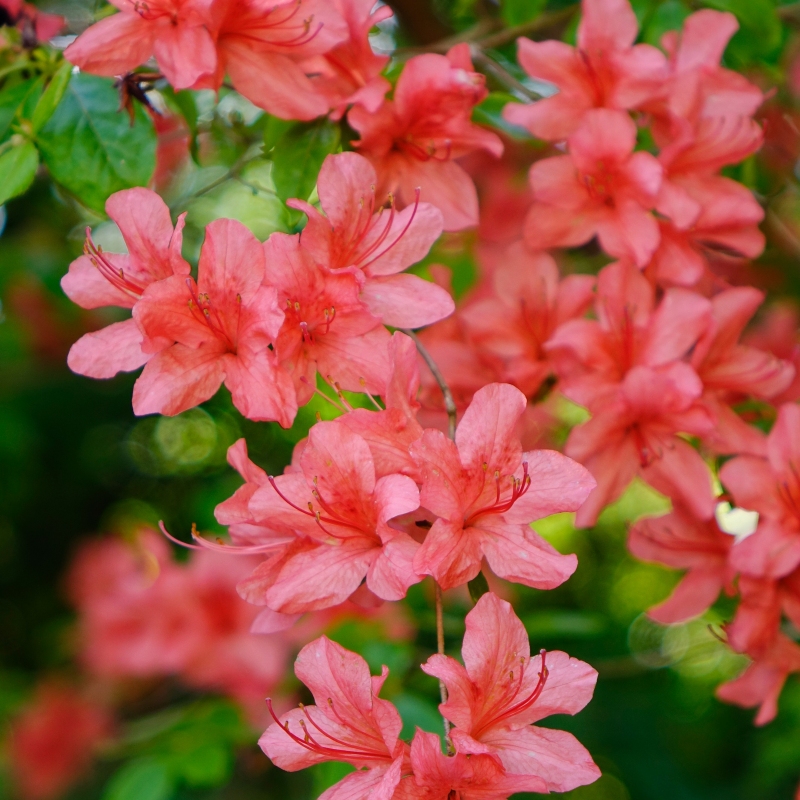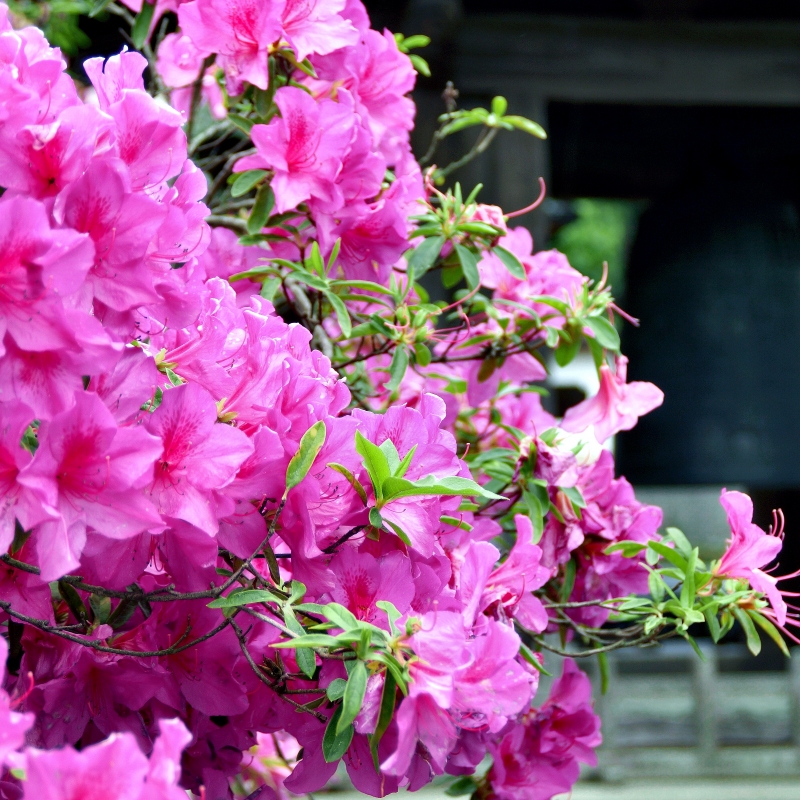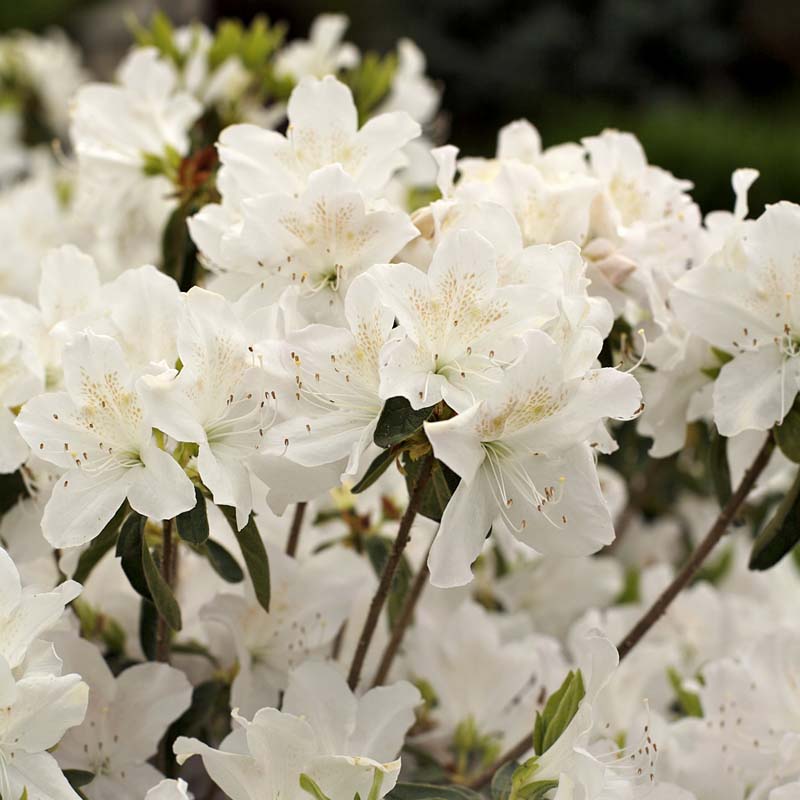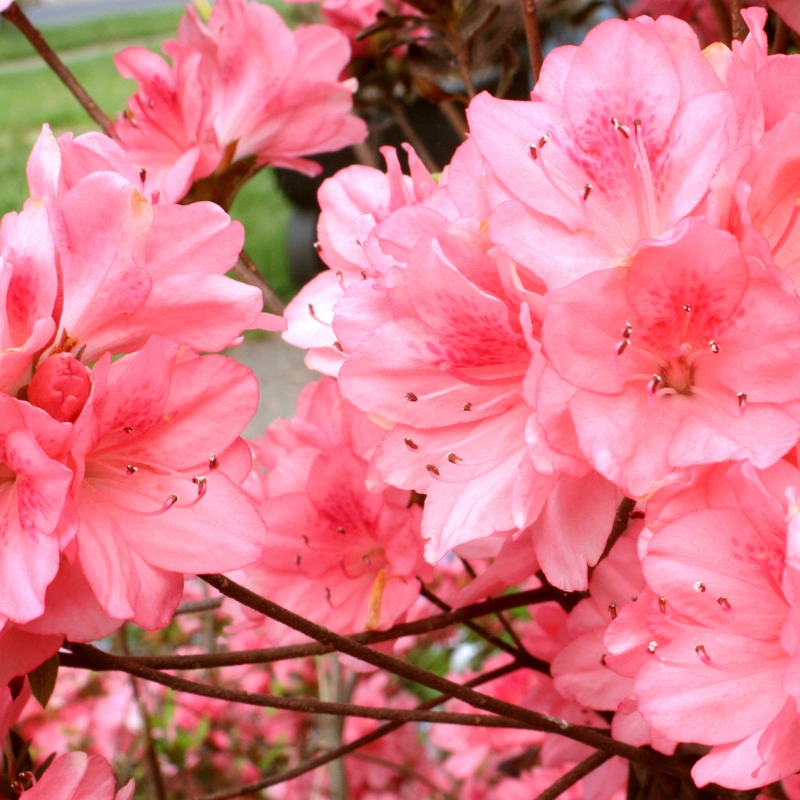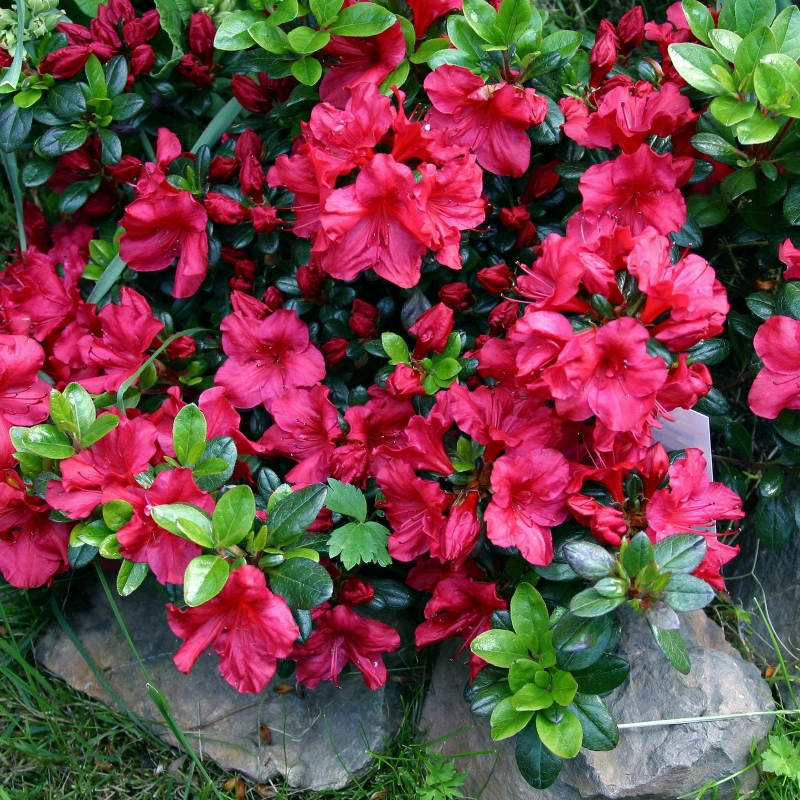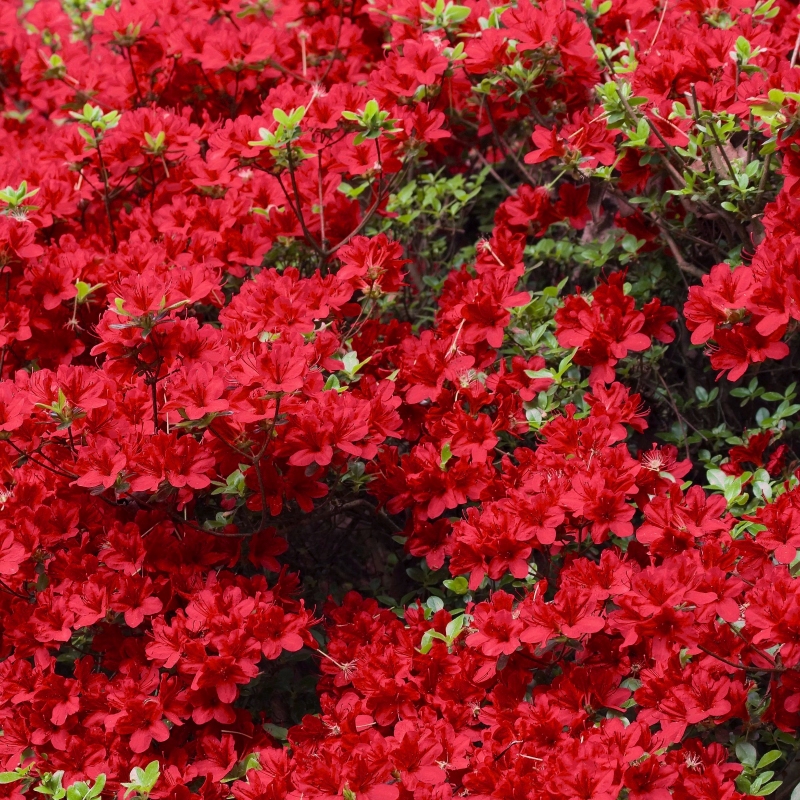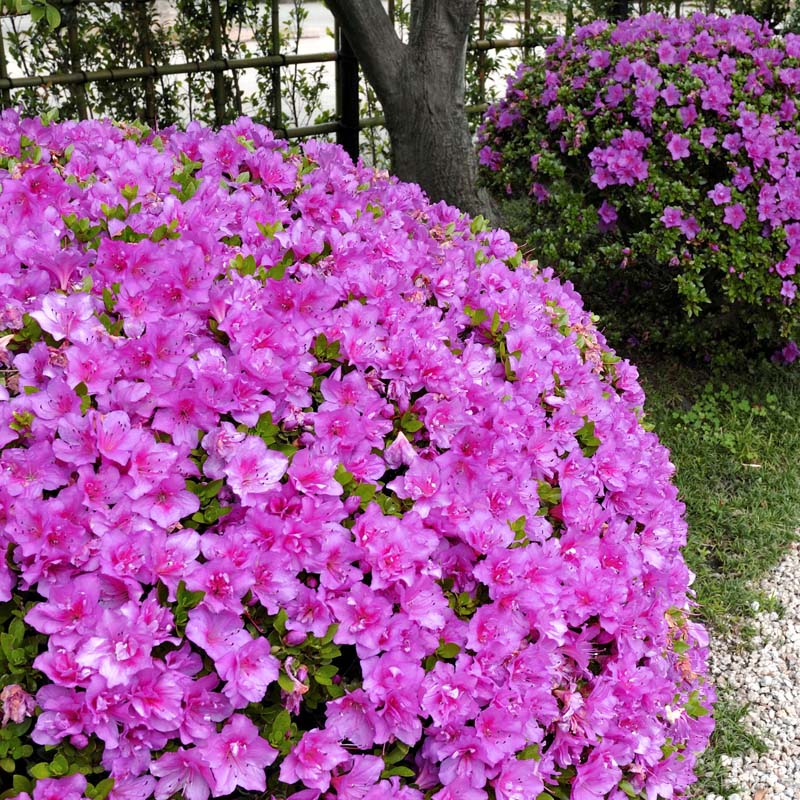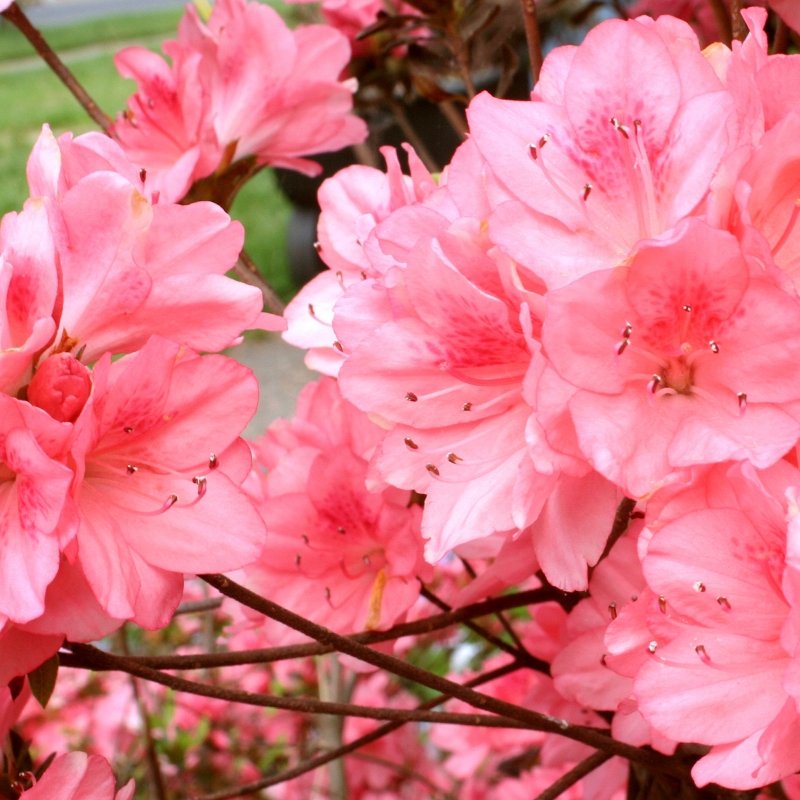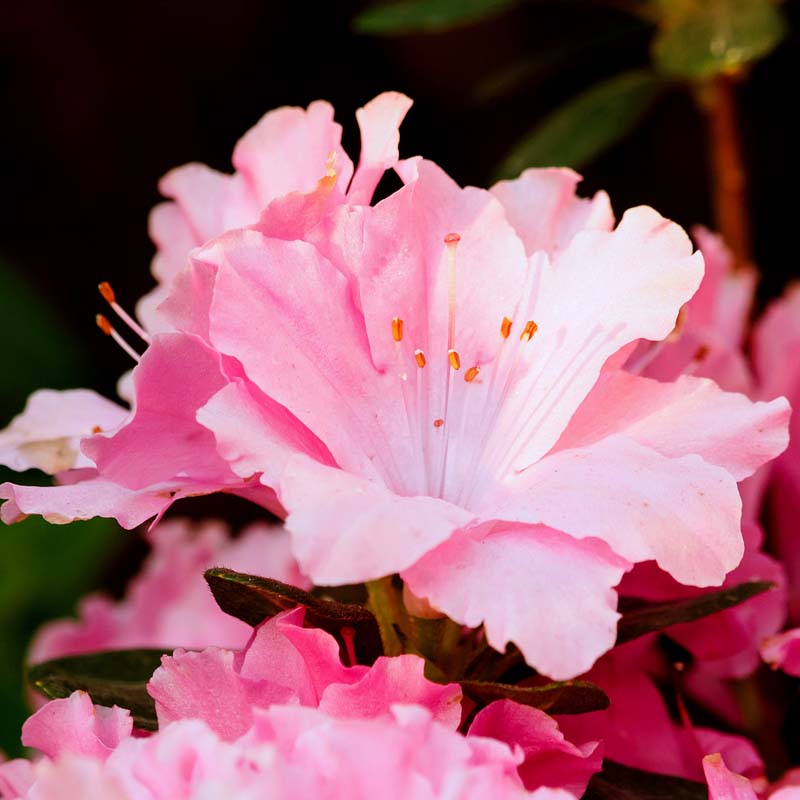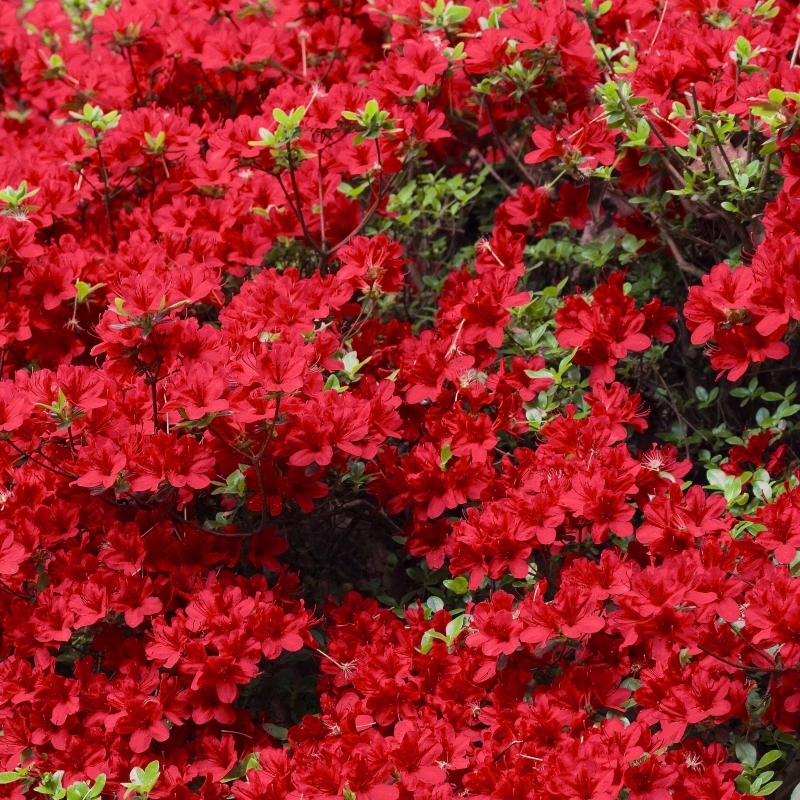

Peking Cotoneaster
Cotoneaster acutifolius var. lucidus
18 reviews


Peking Cotoneaster
Cotoneaster acutifolius var. lucidus
18 reviews
- Drought tolerant and low maintenance
- Attractive foliage and berries for year-round interest
- Ability to attract birds and wildlife to your garden
- Ships to 43215 in 7-10 Days
- Free Shipping Over $150
- Plant Arrival Guarantee
- In Stock
- Free Plant Consult
$200
$106.00
$152.00
30% Off
3.5 Gallon
We are sorry, product is currently out of stock due to seasonal availability. Please check the "Related plants available in your area" section below
Why Peking Cotoneaster?
The Peking Cotoneaster (Cotoneaster acutifolius var. lucidus) is a popular shrub species known for its glossy, dark green leaves and bright red berries in the fall. This low-maintenance plant is drought-tolerant and grows well in a variety of soil types, making it a great addition to any garden or landscape. It is also commonly used as a hedge or screen plant and can attract birds and wildlife to your yard.
Related plants available in your area
Sunlight
Peking Cotoneaster requires full sun exposure, meaning it should be planted in an area where it will receive at least 6-8 hours of direct sunlight per day for optimal growth and development.
Watering
Peking Cotoneaster has a moderate watering requirement. It benefits from regular watering, especially during dry periods, but it is important to avoid overwatering, as it can lead to root rot.
Fertilizing
The fertilizer requirement for Peking Cotoneaster is a balanced, slow-release fertilizer with an NPK ratio of 10-10-10 or 20-20-20. Apply the fertilizer in early spring and again in summer to promote healthy growth and flowering.
The mesmerizing Peking Cotoneaster is a garden gem that will elevate your outdoor space to new heights of enchantment. With a USDA hardiness zone of 4 to 7, this extraordinary shrub defies the limits of climate, blossoming in a diverse range of regions. Prepare to be captivated by its glossy, dark green leaves, proudly showcased all year round, providing a luxurious backdrop for its otherworldly features.
As spring unfolds, delicate pink or white flowers emerge, dancing alongside the foliage, foreshadowing the imminent arrival of its crowning glory - vibrant red berries that linger until winter's end. This harmonious blend of lush foliage, ethereal flowers, and resplendent berries paints a breathtaking tableau, a living work of art within your landscape. Whether nestled as a ground cover, gracing borders, or cascading down slopes, the Peking Cotoneaster effortlessly weaves beauty and fascination into the very fabric of your garden. It endures various soil types, yet thrives under the sun's warm embrace or partial shade's gentle caress. Behold, for this cotoneaster, demands little maintenance, bestowing upon you a treasure that enchants with every passing season.
Prepare to witness its resilience, as it fearlessly weathers droughts, proving an undeniable resistance to even the hardest weather conditions. A living testament to its unwavering strength, this arboreal wonder serves as a natural screen or hedge, providing privacy and sanctuary amidst the delicate dance of light and shadow. And there's more, for the Peking Cotoneaster attracts songbirds with its bountiful berries, creating a harmonious haven for nature's chorus to flourish and delight. Such adaptability to diverse climates, combined with minimal maintenance and unparalleled allure, propels the Peking Cotoneaster to one of the garden legends. Uncover a world of mesmerizing beauty and ecological wonder that awaits you in your very own sanctuary of green.
Plant Information:
| Botanical Name: | Cotoneaster acutifolius var. lucidus |
| USDA Zones: | 3-7 |
| Water: | Moderate |
| Exposure: | Full Sun |
| Soil Needs: | Well Drained |
| Mature Height: | 8 -10 feet |
| Mature Spread: | 5 - 6 feet |






Pollination Info
Pollination Info for Peking Cotoneaster (Cotoneaster acutifolius var. lucidus)
Peking Cotoneaster (Cotoneaster acutifolius var. lucidus) is a deciduous shrub that produces small, white to pinkish-white flowers in late spring to early summer. These flowers are hermaphroditic, meaning they have both male and female reproductive organs, and are pollinated by insects.
The most common pollinators of Peking Cotoneaster are bees and butterflies. These insects are attracted to the nectar produced by the flowers and as they feed, they inadvertently transfer pollen from the anthers (male reproductive organs) to the stigma (female reproductive organ) of the same or another flower.
Cotoneasters are also known to be self-fertile, meaning they can pollinate themselves. However, cross-pollination by insects is still important as it leads to greater genetic diversity and stronger plants.
Once pollinated, the flowers will develop into small, red berries that are a favorite food source for birds and other wildlife.
In summary, Peking Cotoneaster is pollinated by bees and butterflies, and is also self-fertile. Cross-pollination is important for genetic diversity and the development of strong plants.
FAQ
Frequently Asked Questions about Peking Cotoneaster
What is Peking Cotoneaster?
Peking Cotoneaster, or Cotoneaster acutifolius var. lucidus, is a deciduous shrub in the Rosaceae family. It is native to China and commonly used as an ornamental plant in landscapes.
What does Peking Cotoneaster look like?
Peking Cotoneaster typically grows to be 6 to 8 feet tall and wide with a dense, rounded growth habit. It has shiny, dark green leaves that are approximately 1 to 2 inches long and toothed along the edges. In the fall, the leaves turn a reddish-orange color. The shrub produces small, white/cream-colored flowers in the spring, followed by red berries in the fall that persist into winter.
Where should Peking Cotoneaster be planted?
Peking Cotoneaster prefers well-drained soil and full sun to partial shade. It can tolerate a range of soil types and is relatively drought-tolerant once established. This shrub is a great choice for a hedge, border, or mass planting in a landscape.
How do I care for Peking Cotoneaster?
Peking Cotoneaster is a relatively low-maintenance shrub. It benefits from occasional pruning to help maintain its shape and promote new growth. Prune in the late winter or early spring before new growth begins. Fertilize in the spring with a balanced fertilizer. Water regularly during the first growing season to help establish a strong root system.
Are there any pests or diseases that affect Peking Cotoneaster?
Peking Cotoneaster is generally resistant to pests and diseases. However, it may be susceptible to fire blight, leaf spot, and powdery mildew. To prevent these diseases, avoid overhead watering, provide good air circulation, and prune out any infected branches.
Planting & Care
Planting & Care for Peking Cotoneaster (Cotoneaster acutifolius var. lucidus)
Planting Instructions:
- Choose a location with well-draining soil and full sun to partial shade.
- Dig a hole that is twice as wide and just as deep as the root ball.
- Place the plant in the hole and backfill with soil, being sure to pack it in firmly.
- Water thoroughly.
Care Instructions:
- Water regularly, especially during drought periods.
- Mulch around the plant to help retain moisture and suppress weeds.
- Fertilize in the spring with a balanced fertilizer.
- Prune in the winter to control size and shape, or remove any damaged or diseased branches.
- Watch for pests such as aphids, scale, and spider mites, and treat promptly with an insecticide if needed.
- Monitor for signs of fungal disease such as powdery mildew or leaf spot, and treat with fungicides as needed.
Additional Tips:
- Peking Cotoneaster is a low-maintenance plant that is easy to care for.
- It is drought-tolerant once established and can even be used in xeriscaping.
- It is also a good choice for erosion control on slopes.
- Be sure to plant it in a location that is protected from strong winds, as its branches can be brittle.
Check Out These Verified Customer Reviews:
Customer Reviews
4.7 out of 5 based on 18 reviews
Thank you! Your review has been submitted.
Item quality is top-notch. Only reason for not giving 5 stars is slightly delayed shipment.
Website was easy to navigate and had all the information I needed. Great user experience.
Item arrived in excellent condition. It was well packaged and protected during shipment.
Item has been added to your cart.



